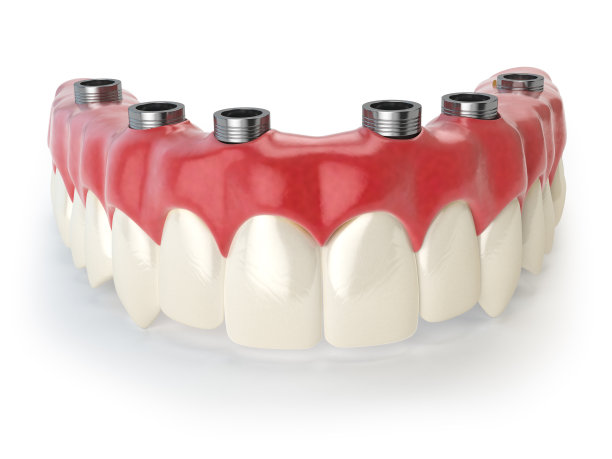Essential Tips and Precautions to Consider Before Undergoing Dental Filling Procedure for Optimal Oral Health
Summary: Undergoing a dental filling procedure is a common yet significant aspect of maintaining optimal oral health. It is essential to understand the vital tips and precautions that should be considered before the procedure to ensure a smooth experience and long-lasting results. This article outlines four key areas: choosing the right dentist, understanding the types of fillings available, preparing for the procedure, and knowing what to expect during recovery. By delving into these topics, individuals can better prepare themselves for the procedure, reduce anxiety, and ensure their overall well-being post-treatment.
1. Choose the Right Dentist for the Procedure

The first and most crucial step in preparing for a dental filling procedure is selecting the right dentist. It is essential to do thorough research and find a dentist who is reputable and experienced in performing fillings. Look for online reviews, ask for recommendations from friends or family, and investigate their credentials. A qualified dentist can make a significant difference in the quality of care you receive.
Also, consider the dentists approach to patient care. A good dentist should provide a comfortable and welcoming atmosphere and explain the procedure, addressing any questions or concerns you may have. This open communication will help ease any anxiety and ensure you feel confident throughout the procedure.
Finally, check whether your chosen dental practice accepts your insurance or provides flexible payment options. Ensuring that you align financially will help eliminate stress and enable you to focus on your dental health.
2. Understand the Types of Fillings Available
Before undergoing a filling procedure, it is vital to understand the different types of fillings available. Fillings are typically made from various materials, including amalgam, composite resin, glass ionomer, and porcelain. Each material has its pros and cons, and understanding these will help you make an informed choice.
For instance, amalgam fillings are durable and cost-effective, making them a suitable choice for back teeth where chewing pressure is highest. In contrast, composite resin fillings offer a more aesthetic solution, blending seamlessly with natural teeth. They are ideal for visible areas but may not be as durable as amalgam.
Lastly, glass ionomer and porcelain fillings are often used for specific situations, like for patients with allergies to metals or those requiring a cosmetic touch. Discussing your filling options with your dentist will allow you to choose the best type based on your needs and preferences.
3. Prepare Yourself for the Procedure
Preparation before a dental filling procedure is essential to ensure a smooth experience. Begin by following any pre-appointment instructions given by your dentist. This may include dietary restrictions or medications to avoid prior to the filling. Ensuring you adhere to these suggestions will minimize complications during the procedure.
Its also wise to arrange for someone to accompany you to the dentist’s office, especially if you may receive anesthesia. Having a supportive friend or family member can help decrease any anxiety and provide assistance afterward if needed.
Additionally, mentally preparing yourself for the procedure can help calm your nerves. Familiarize yourself with what will transpire during the filling process, which will ultimately allow you to feel more at ease. Remember, it’s a routine procedure that most individuals undergo at some point in their lives.
4. Know What to Expect During Recovery
After your dental filling procedure, understanding what to expect during recovery is crucial for your comfort. The anesthesia used during the procedure may leave your mouth feeling numb for several hours. Be cautious when eating or drinking to avoid biting your cheek, tongue, or lips.
You might also experience some sensitivity to hot or cold substances for a few days following the filling. This sensitivity is normal; however, should it persist or worsen, consult your dentist to rule out any complications.
Finally, maintaining good oral hygiene after your filling is paramount. Brush your teeth regularly, floss, and consider using an antibacterial mouthwash to promote healing and prevent future cavities. Your dentist may also recommend scheduling regular check-ups to monitor the fillings condition over time.
Summary:
In conclusion, undergoing a dental filling procedure is an essential part of maintaining your oral health. It is imperative to choose a qualified dentist, understand your filling options, properly prepare for the procedure, and be aware of what to expect during recovery to ensure a smooth and successful experience. Being informed and prepared empowers you to take control of your dental care, leading to better oral health and wellbeing.
This article is compiled by Vickong Dental and the content is for reference only


